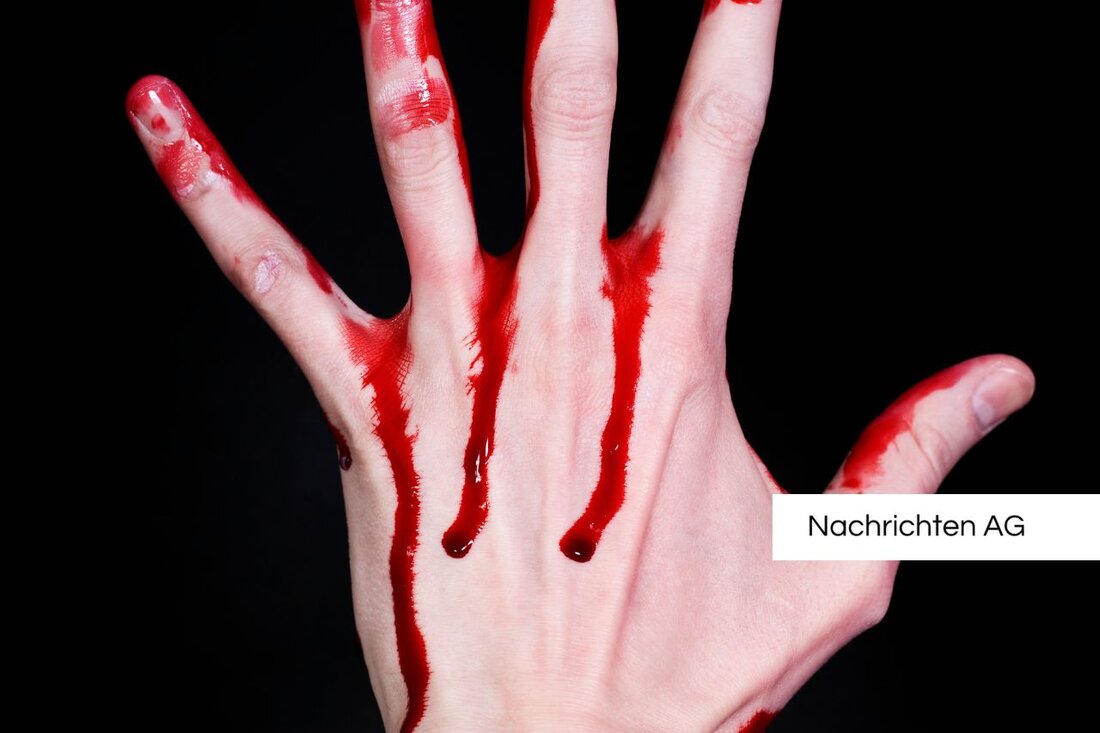Eitorf forensic scientist on the DNA identification of the 9/11 victims
Eitorf scientist Dr. Mechthild Prinz discusses 9/11 identification techniques in the Theater am Park, Eitorf.

Eitorf forensic scientist on the DNA identification of the 9/11 victims
In Eitorf, numerous interested people recently came together at the Theater am Park to learn more about the challenges and successes in forensic DNA analysis at the so-called “Eitalk”. The focus of the event was Dr. Mechthild Prinz, an internationally recognized expert who was visiting home after three decades in New York. The event was moderated by Thomas Feldkamp and Alwin Müller, while criminal biologist Mark Benecke Dr. Prince introduced in a video message.
Dr. Prinz, who teaches at John Jay College and directs the master's program in forensic science, has made significant contributions throughout her career to identifying victims of the Sept. 11, 2001, terrorist attack. Her team was instrumental in the identification process of the 2,753 victims of the World Trade Center attack. In addition to the enormous physical and thermal challenges at the crime scene, the large number of victims put forensic DNA methods to a severe test. According to PubMed, innovative procedures were developed to identify human remains in the difficult conditions and succeeded in identifying 1,594 of the 2,749 victims.
Insights into forensics
Identifying victims is a complex process that involves analyzing even the smallest amounts of biological material, such as blood or hair, for DNA. These materials enable precise attribution to a person, as the Federal Criminal Police Office explains. The team around Dr. Prinz searched for human remains under pieces of stone at the scene of the incident and worked intensively to clarify the identities of terrorists. Their experiences on September 11th illustrate the importance of modern DNA techniques in such disasters, where new approaches and modifications to existing protocols are often required.
The event offered not only medical and forensic insights, but also personal experiences. Dr. Prinz recounted the gradual realization of the massive scale of the tragedy that unfolded on September 11th. The victim stories reflect not only the suffering, but also the possibility of giving back part of the identity through new technological approaches and research.
Local influences and initiatives
The egg talk concluded with a special musical highlight where the audience was invited to sing. Proceeds from the event go to local projects, including a children's festival and a senior tea dance. The aim is to keep the cultural and social activities in Eitorf alive. Particularly pleasing was the story of Frank Schröder, an Eitorfer, who took part in the “Five Boro Bike Tour” in New York after a heart attack and demonstrated his fighting spirit. Meanwhile, the architect Miriam Wiesner reported on her hike with her boyfriend on the Pacific Crest Trail.
The Eitorf commitment shows how reappraisal and remembrance are practiced not only by experts, but also by the local community. In this sense, Eitorf will continue to be a place that is not just about the past, but also about the future and cohesion.

 Suche
Suche
 Mein Konto
Mein Konto